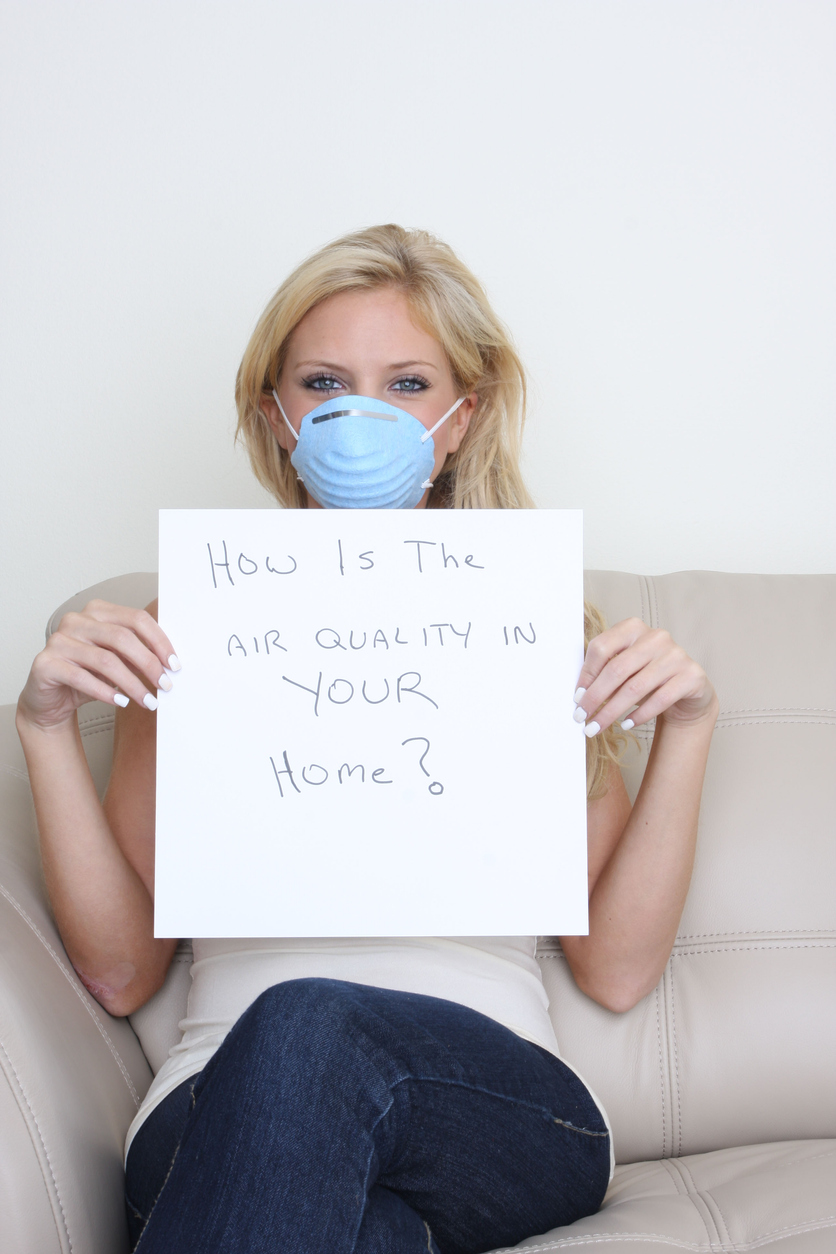
Vaccines are a tremendous weapon against the spread of a number of diseases, COVID-19 now among them. But treating vaccines as an end-all approach is shortsighted. Vaccines take time to develop, and in the interim, people get sick and die. The cost in lives, the economic cost, the emotional cost, all affect the global population while a vaccine is developed. And even when it is, it is not widely available immediately. Some refuse it, too. These and other factors contribute to amount of time it takes to achieve herd immunity. It is important that we look other ways to prevent the spread of disease, particularly addressing the routes COVID-19 and other infections spread.
Indoor air quality (IAQ) is often overlooked and not addressed as aggressively as it should be. We spend much of our time indoors. It only stands to reason that the air quality of our indoor settings is important. Clean air is a critical part of controlling infection control routes as myriad diseases can be spread through the air. There no longer is a question about it. Study after study after study provides abundant evidence. The importance of mitigating airborne routes of infection cannot be understated. It must be part of any comprehensive infection control program.
The first link below details how the first hospital in Houston, the 134-year-old St. Joseph Medical Center, is the first in the nation to take aggressive measures to improve its indoor air quality. The system, that you can read about at the link, instantaneously catches and kills airborne COVID-19 (99.999%) and other airborne viruses in a single pass. It almost certainly will have a positive impact on the spread of infection inside the facility. We will follow and report the data that comes out of the hospital moving forward.
The Urgent Need for Indoor Air Quality Regulation
Recent Developments in Indoor Air Quality Policy
Wellbuilt for Wellbeing: Green Buildings
Experts urge strict workplace air quality standards, in wake of pandemic
The world continues to grapple with this corona virus outbreak. We wonder what the world of epidemiology will look like post-pandemic. What is certain is that biology will continue to evolve, and air is a major pathway for movement of and sometimes transmission of pathogens. During the past two weeks, scientist have been looking at new fungi.
Deadly Fungi Are the Newest Emerging Microbe Threat All Over the World: These pathogens already kill 1.6 million people every year, and we have few defenses against them
Here are a few links at our own website that examine in more detail air quality and how it is a conduit for infection to travel.







